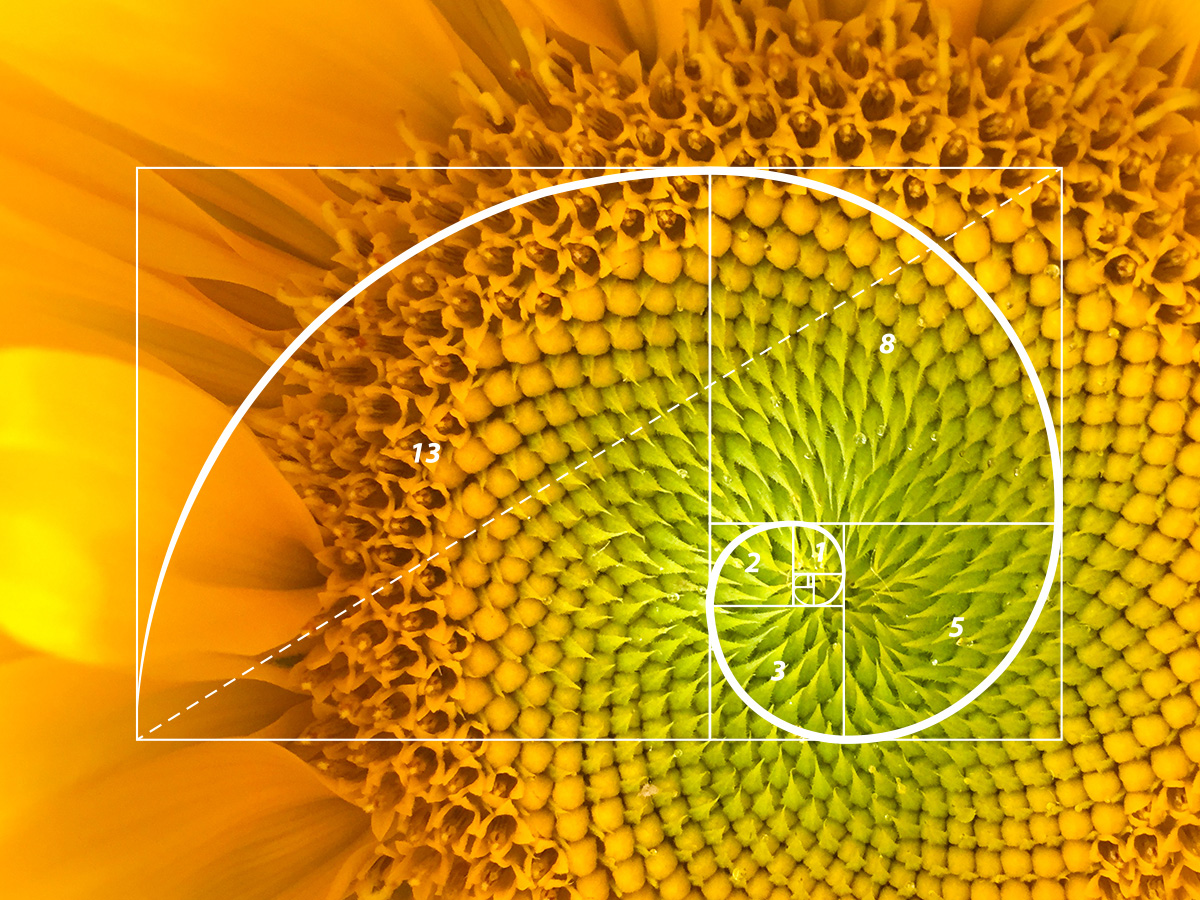Prior to taking this class I already viewed math as a part of art because I have taken computer science classes where we used programs to create repeating patterns that would create unique pieces of art. Even with this prior notion, I still found it very interesting to learn more about the connection between art and mathematics. Through this week's assigned readings and viewings, I learned about the use of fractals and other similar mathematical concepts that can be used to create visually appealing works of art that many might not even recognize as having been influenced by math.
Video Describing and Discussing the use of Fractals in Art (https://www.youtube.com/watch?v=ivRQDbAduoM)
Through the required readings and viewings, such as the one above, I have learned about the use of fractals which can use mathematical concepts to create aesthetic repeating patterns that can easily be seen as just art and not math. This serves as an example of how artists are able to use mathematics to express creativity and create their own unique forms of art that are based upon ideas from math.
Example of the Fibonacci Sequence Creating Visually Appealing Art (https://clevelanddesign.com/insights/the-nature-of-design-the-fibonacci-sequence-and-the-golden-ratio/)
Another example would be how we learned about the Fibonacci sequence which is a mathematical concept that produced a repeating pattern that can be used to create visually pleasing art. One unique thing about this is that it is not only found in art but also in nature.
Example of Geometric Art Incorporating Math into Art (https://unsplash.com/s/photos/geometric-art)
One final example of mathematics influencing art would be the simple example of using geometric shapes and patterns to create works of art like the one above. While relatively simple, this form of art utilizes a lot of mathematical concepts and ideas to create unique works of art that allow artists to express creativity in their own ways.
Works Cited
Abbott, Edwin Abbott. “Flatland.” Flatland, by E. A. Abbott, 1884, Ibiblio, 1884, http://www.ibiblio.org/eldritch/eaa/FL.HTM.
Crochet Coral Reef, https://crochetcoralreef.org/about/theproject/.
“Fractals - Mandelbrot - Youtube.” Youtube, Youtube, https://www.youtube.com/watch?v=ivRQDbAduoM.
Socionomic Institute. “Fibonacci, Fractals and Financial Markets - Socionomics.net.” Youtube, Youtube, 31 May 2007, Fibonacci, Fractals and Financial Markets - Socionomics.net.
Wertheim, Margaret. “Things That Think: An Interview With Computer Collector Nicholas Gessler.” The Institute for Figuring // Where the Wild Things Are, The Institute for Figuring, 2006, https://www.theiff.org/publications/cab21-gessler.html.


It’s cool that your Computer Science classes teach you how to use software code to build artworks. I wonder what coding language or library you used for it. I only know about Python’s Turtle library for creating artworks based on simple interface functions we call from the imported Turtle library. I like how you emphasize fractals and its mathematical concepts because there are many practical utilizations for it other than art. For example, Fractal geometry/mathematics can be also used to create fascinating computer graphics and map the architecture of internet networks. Furthermore, through more research, I found that Fractals are actually used in the very movies and shows we watch in the present time such as Star Wars. In Stars Wars and Star Trek movies, the producers use fractal geometry to construct special effects on the background landscapes. Lastly, fractals can be used to model biological objects such as clouds and specific organic structures. Hence, fractals are an example of how art and science are connected through mathematics and computers.
ReplyDelete